Bridging Analog and Digital: My Experience at Playgrounds Festival in Eindhoven & Berlin
Attending TAD (The Art Department) — Playgrounds Festival in Eindhoven and Berlin — was a fascinating experience. Founded by Leon van Rooij, the festival serves as a hub for illustrators, animators, concept artists, and game designers, all pushing the boundaries of their craft and sharing creative insights. It’s a space where traditional and digital artistry converge. As someone who sculpts exclusively using traditional methods, I found myself reflecting on why I’m inspired by—but not entirely drawn to—digital workflows.
The Power of the Imperfect: Why Traditional Sculpting Still Matters
While I appreciate the efficiencies of digital sculpting tools—mirroring, undoing, infinite refinement—there’s something irreplaceable about working with physical materials. When sculpting from life, you’re not just copying a form; you’re experiencing it. You learn the subtleties of movement and weight, the contrast between tension and relaxation, compression and extension.
These nuances are easier to overlook in digital workflows, where smooth surfaces and perfect symmetry can make characters feel sterile—lacking the organic, human element that makes a sculpture come alive.
At Playgrounds Festival, I spoke with character designers and 3D artists about how working traditionally from life can enrich their digital practice. Many emphasized the value of letting real-world physics, gravity, and tactile experience guide their hands.
That’s why I always encourage game artists, animators, and concept sculptors to try working traditionally at least once. Sculpting in clay, drawing on paper, or painting in oil can offer a depth of understanding no software can replicate.
The good news? You can merge the two. Many sculptors today use photogrammetry, 3D scanning, and digital sculpting to bridge the physical and digital worlds.
Bringing Traditional Knowledge into Digital Workflows
If you’re working in character design or digital sculpture, I encourage you to explore analog sculpting as part of your creative process. You don’t need a full atelier—just a few basic tools, a block of clay, and a willingness to slow down and observe.
At my sculpting school in Berlin and through my online masterclass, I do my best to support artists who are curious about bridging the gap between traditional and digital approaches.
For those interested in going a bit deeper, I also offer a selection of handcrafted sculpting tools in my online shop. Whether you work in ZBrush, Blender, or with your hands in clay, having the right tools can really enhance the experience.
Final Thoughts
Playgrounds Festival was a truly inspiring experience—a reminder that traditional and digital art aren’t opposing forces, but complementary disciplines.
Whether you’re a 3D modeler, animator, or concept artist, I encourage you to step away from the screen now and then, get your hands dirty, and experience the organic, unpredictable beauty of working with physical materials.
If you’re curious about traditional sculpting, you’re welcome to join my in-person courses in Berlin or explore my online masterclass—designed specifically for digital artists looking to bring a new level of depth to their work. And if you’re in need of tools, my handcrafted collection is made to last and support your creative flow.
Let’s keep pushing the boundaries—both digitally and physically.
